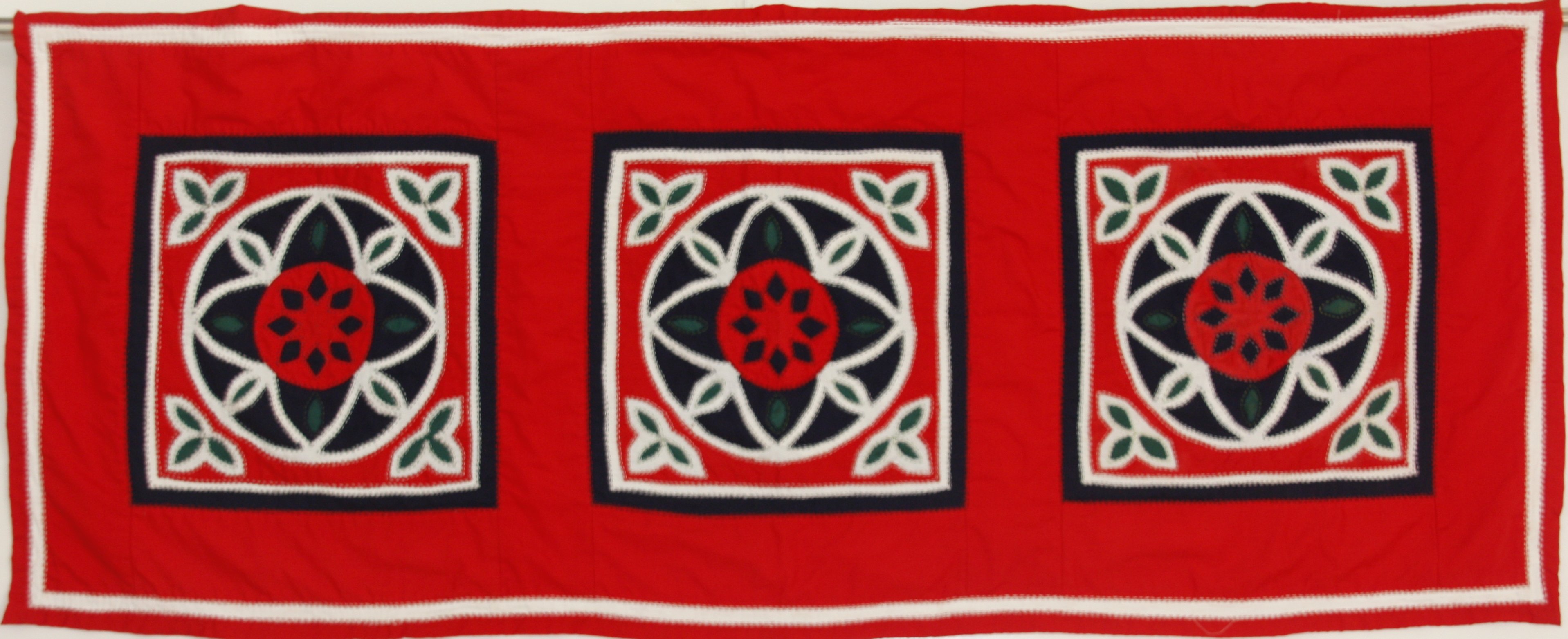

I was ecstatic to hear that Anait (the illustrator of THE ARABIC QUILT would be illustrating it so we used the same characters. Also, I wanted to somehow link it to the Egyptian revolution of 2011 because it’s something that I often think about: the power of uniting together against injustice.

I checked out a few books from the library about protesting and social justice but I didn’t find any books ABOUT banned books. THE ARABIC QUILT was on that banned books list and so when I had the opportunity to write another book for the publisher, Tilbury House, I kept thinking about the banned books, and protests, and the power of children’s voices. It’s definitely based on true events, like how diverse books were banned in a district in Pennsylvania, and then the brave students at the district stood up and raised funds to buy more diverse books. This authentic story with beautiful illustrations includes a glossary of Arabic words and a presentation of Arabic letters with their phonetic English equivalents.Yes, I am so excited about this book. In the end, Kanzi's most treasured reminder of her old home provides a pathway for acceptance in her new one. Next day her teacher sees the poem and gets the entire class excited about creating a "quilt" (a paper collage) of student names in Arabic. That night, Kanzi wraps herself in the beautiful Arabic quilt her teita (grandma) in Cairo gave her and writes a poem in Arabic about the quilt. Mama wears a hijab and calls her daughter Habibti (dear one). Maybe that's why she forgets to take the kofta sandwich her mother has made for her lunch, but that backfires when Mama shows up at school with the sandwich. Kanzi's family has moved from Egypt to America, and on her first day in a new school, what she wants more than anything is to fit in.

2021 ARAB AMERICAN CHILDREN'S BOOK AWARD WINNERĬhildren's Africana Book Award (CABA) 2021 Honor Book


 0 kommentar(er)
0 kommentar(er)
